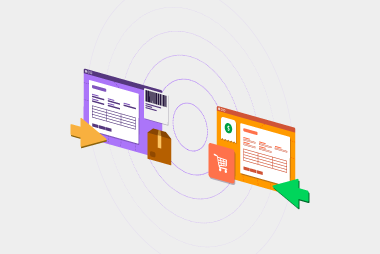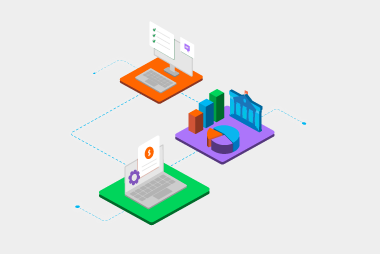Strong relationships between suppliers and customers are more than a business strategy—it's key to success. Electronic Data Interchange (EDI) is a powerful tool that allows businesses around the world to seamlessly interact and collaborate. Have a look at how to use EDI to gain a competitive advantage in your industry by enhancing supplier-customer relationships.
Streamline communication for clear understanding
Clear communication forms the foundation of any successful relationship. EDI eliminates communication barriers by automating the exchange of crucial information. From order details to shipping updates, EDI ensures both suppliers and customers have access to accurate data. With message types like purchase order responses (POR), suppliers can let their customers know if orders can be fulfilled or need to be updated. With advanced shipping notices (ASN), suppliers can also give their customers a heads up of what they’re sending in a delivery so they can better prepare their warehouse.
Ensuring precision in order processing
Inaccurate orders are a major pain point for customers and suppliers alike. EDI eliminates manual inputting errors by automating the order process. Suppliers can receive orders directly into their systems, reducing the likelihood of mistakes. Customers receive exactly what they ordered, enhancing satisfaction in suppliers’ reliability.
Boosting trust and issue resolution
Transparency builds trust. EDI provides a transparent view of the entire supply chain, from order placement to delivery. Customers can track their orders, ensuring visibility and peace of mind. This transparency not only enhances trust but also demonstrates suppliers’ commitment to customer satisfaction. No business relationship is without challenges. EDI equips suppliers with immediate access to transaction records. In case of discrepancies or issues, suppliers can swiftly track an order and address any issues. The ability to resolve problems promptly builds customer confidence and loyalty.
In the competitive markets of Australia and New Zealand especially, supplier-customer relationships aren’t just transactional; they're partnerships built on trust, understanding, and mutual benefit. EDI, with its ability to streamline communication, ensure order precision, boost transparency, enable proactive issue resolution, and promote adaptability, is not just a technology—it's the linchpin of these vital relationships.Want to learn more about how MessageXchange can help with your data integration needs? Ask our experts by getting in touch below.
Request a call
Chat with one of our experts
Just fill out your details below and we'll be in touch within one business day.

